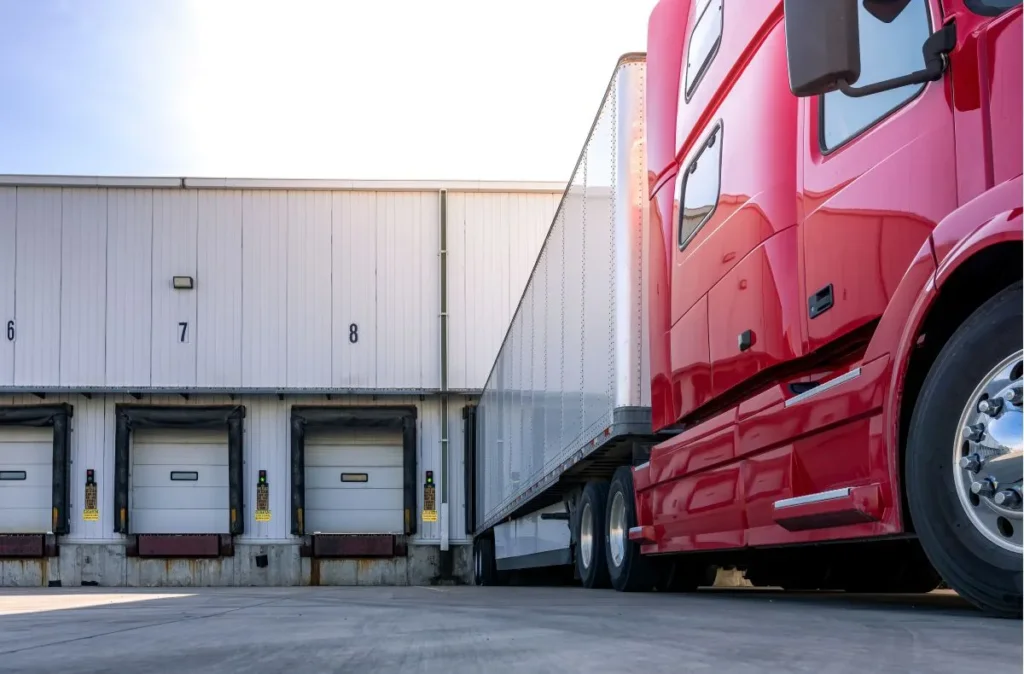The German Federal Ministry of Digitalisation and Transport (BMDV) has unveiled the findings of its latest forecast for 2040. It anticipates that freight traffic in Germany will grow by around one-third compared to 2019, with rail traffic expected to see the largest surge.
Key findings – road transport remains dominant
Compared to 2019, the last pre-pandemic year, freight volume is projected to rise by approximately a third by 2040, from 689 to 905 billion tonne-kilometres. Rail freight transport is set to grow most significantly, with a 35% increase to 188 billion tonne-kilometres. Road transport, however, will remain the primary mode, with an estimated increase of 34% to 668.4 billion tonne-kilometres. Conversely, waterborne transport is expected to decline by 7% to 48.2 billion tonne-kilometres.
Factors driving freight growth
In terms of road freight, notable increases are expected in postal shipments (up 86%), general cargo (up 56%), food and beverages (up 30%), vehicles (up 23%), and wood and paper products (up 19%).
““In addition, investments in climate-neutral housing adaptations will drive higher road transport volumes to construction sites, where deliveries cannot be made by inland waterway or rail,” the forecast states.
Structural change in freight transport
Freight transport is significantly influenced by structural change, including factors such as:
- Economic growth,
- Economic connections,
- Consumer behaviour, and
- Changes in commodity structures.
The energy transition is expected to lead to a steep decline in the transport of bulk and energy commodities, such as coal, coke, petroleum products, and ores, traditionally moved by rail and water. Nevertheless, the ministry anticipates rail freight traffic will continue to grow through 2040.
According to the Federal Ministry of Digitalisation and Transport, this forecast is Germany’s most comprehensive projection of future traffic trends in over a decade, reflecting the latest developments in mobility and logistics as well as evolving factors like population growth, the energy transition, and the impacts of the war in Ukraine.
“To prevent future traffic congestion, decisive action and investment across all transport modes are essential. We need a resilient existing network. Our ageing routes, bridges, tunnels, and locks require urgent renovation. Rail expansion must continue apace. At the same time, maintaining and building new roads is essential, as cars remain a foundation of mobility in Germany. I am committed to ensuring that in 2040, people can freely meet their mobility needs and that the economy will thrive thanks to strong transport infrastructure. The Bundestag now holds responsibility to act,” emphasised Volker Wissing, German Transport Minister.
Freight transport emissions
The forecast indicates that lorries will continue to dominate the modal split. Road freight transport’s share is expected to increase by 1.5 points to 73.9%, while rail’s share will rise by 0.6 points to 20.8%, and freight shipping will decrease by 2.2 points to 5.3%.
Additionally, CO2 emissions in the transport sector were projected. By transitioning to climate-friendly propulsion across all modes of transport, direct CO2 emissions from transport are expected to fall by 77% compared to 1990 levels.
The ministry highlights that the 2040 forecast serves as a basis for reviewing its infrastructure plan and adjusting transport investments accordingly. Over 250 specialist departments contributed to the creation of this forecast.









